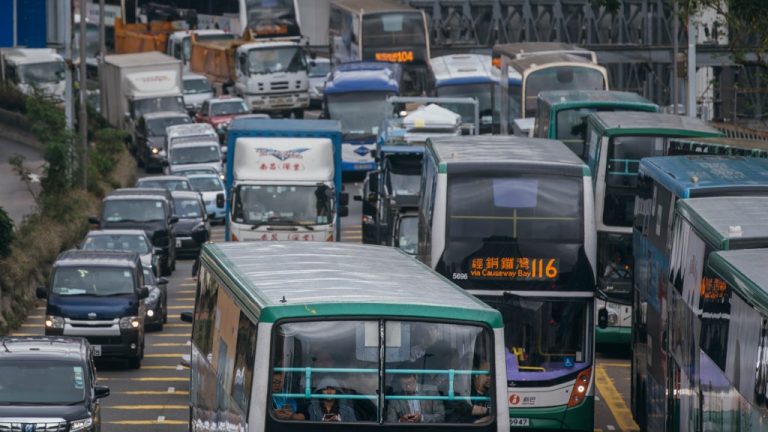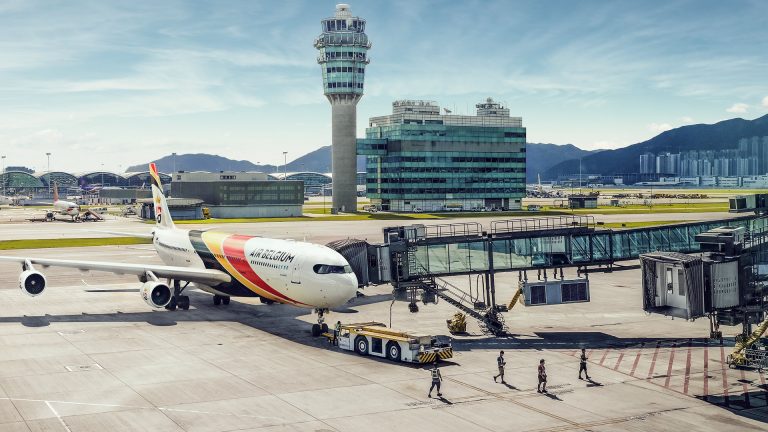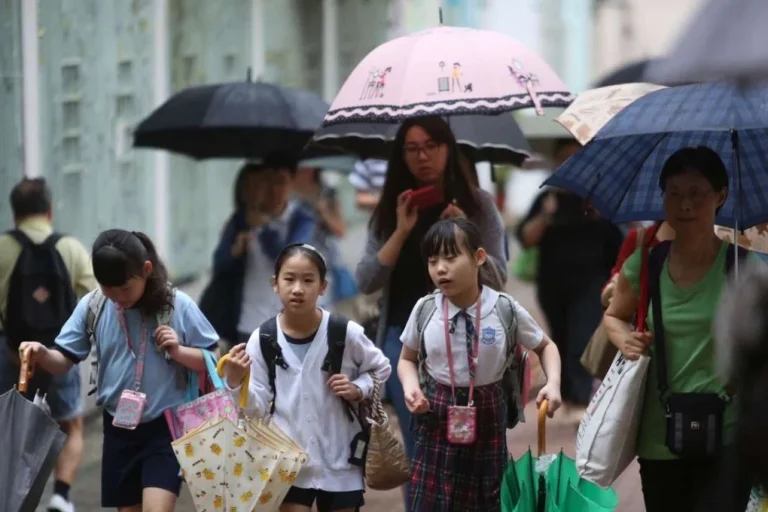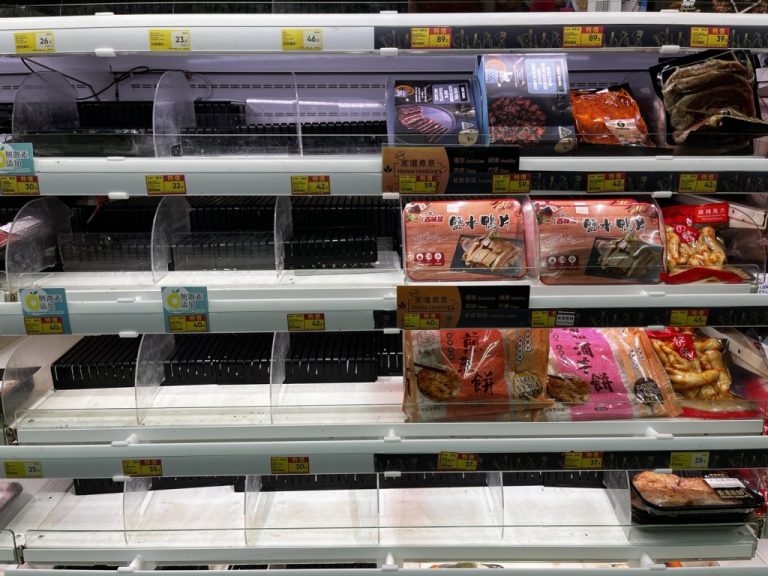Super Typhoon Ragasa Prompts Widespread School Closures in Hong Kong
When powerful natural forces threaten urban landscapes, proactive measures become crucial for public safety. In a decisive move to protect students and educational communities, the Hong Kong Education Bureau has announced comprehensive school suspensions in response to the approaching Super Typhoon Ragasa.

On September 23 and 24, all educational institutions across Hong Kong will temporarily close, encompassing a broad spectrum of learning environments. This suspension includes secondary schools, primary schools, special schools, kindergartens, kindergarten-cum-child care centers, and evening schools. The decision reflects a strategic approach to safeguarding students during potentially hazardous weather conditions.
Meteorological forecasts indicate severe offshore and high-ground conditions, with hurricane-force winds expected to create significant risks. By preemptively closing schools, authorities aim to prevent potential accidents and ensure student safety during the typhoon’s anticipated trajectory.
The school closure isn’t just about immediate safety—it also impacts administrative processes. During these two suspended days, schools will not accept paper applications for the 2026 Primary One discretionary place admissions. However, the Education Bureau has thoughtfully adjusted administrative timelines to accommodate these extraordinary circumstances.
Specifically, the deadline for paper submissions has been extended to September 30, providing families additional flexibility. Meanwhile, electronic applications remain accessible through the Primary One Admission Electronic Platform until September 26, ensuring that critical educational enrollment processes continue smoothly despite the typhoon’s disruption.

This comprehensive approach demonstrates Hong Kong’s sophisticated emergency response framework. By prioritizing student welfare and maintaining administrative continuity, the Education Bureau showcases a nuanced strategy for managing potential natural disaster impacts.
For parents, students, and educators, these preparations offer critical guidance. The clear communication about school closures, adjusted timelines, and continued electronic application processes helps minimize confusion and anxiety during potentially stressful weather events.

The suspension serves multiple purposes: protecting physical safety, preventing transportation risks, and allowing local infrastructure to prepare for potential typhoon-related challenges. It represents a proactive rather than reactive approach to community safety.
As Super Typhoon Ragasa approaches, Hong Kong’s educational system demonstrates resilience and strategic planning. The coordinated response highlights the importance of preparedness, communication, and prioritizing human safety in the face of significant environmental challenges.

Residents are advised to stay informed through official channels, monitor weather updates, and follow recommended safety protocols. While the typhoon presents potential disruptions, the systematic approach by local authorities aims to minimize risks and protect community well-being.
The school closures represent more than an administrative decision—they embody a broader commitment to safeguarding Hong Kong’s most valuable resource: its future generations. By taking decisive, measured actions, the Education Bureau ensures that students remain protected during potentially dangerous weather conditions.







